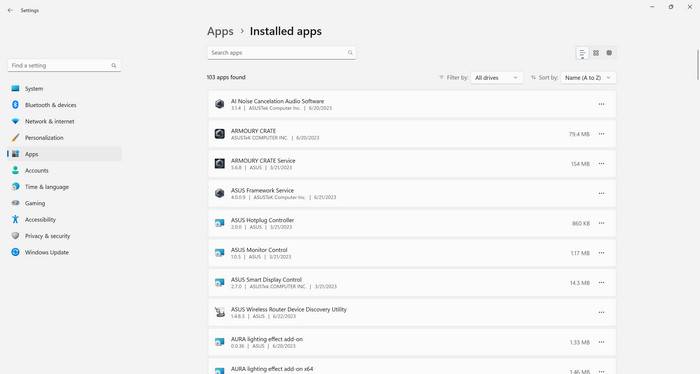When it comes to managing files and sharing them online, Microsoft has developed a range of tools and services to make the process easier. One such tool is the Windows Live Upload Tool, which allows users to upload files to their Windows Live SkyDrive account. In this article, we will explore what the Windows Live Upload Tool is, how it works, and whether or not you should consider removing it from your system.

What is the Windows Live Upload Tool?
The Windows Live Upload Tool is a software program developed by Microsoft that is designed to facilitate the uploading of files to the user’s Windows Live SkyDrive account. SkyDrive, now known as OneDrive, is a cloud storage service provided by Microsoft that allows users to store and access their files from anywhere with an internet connection.
The Windows Live Upload Tool is typically installed on a user’s computer when they install other Microsoft products, such as Windows Essentials or Windows Live Messenger. It runs in the background and automatically starts when the user logs into their computer.
How Does the Windows Live Upload Tool Work?
Once installed, the Windows Live Upload Tool integrates with the user’s operating system and allows them to easily upload files to their SkyDrive account. Users can simply right-click on a file or folder and select the “Upload to SkyDrive” option from the context menu. The tool then transfers the selected files to the user’s SkyDrive account, where they can be accessed from any device with an internet connection.
The Windows Live Upload Tool also provides users with the ability to manage their uploaded files. Users can organize their files into folders, rename files, and even share files with others by generating a shareable link. This makes it easy to collaborate on projects or share files with friends and family.
Should I Remove the Windows Live Upload Tool?
While the Windows Live Upload Tool can be a useful tool for those who regularly use SkyDrive or OneDrive, there are a few reasons why you might consider removing it from your system:
- Low Usage: If you rarely use SkyDrive or OneDrive to store and share files, the Windows Live Upload Tool may be unnecessary. Removing it can free up system resources and improve overall performance.
- Privacy Concerns: Some users may have concerns about the data that is being uploaded to their SkyDrive or OneDrive account. If you are worried about the privacy of your files, removing the Windows Live Upload Tool can provide peace of mind.
- Alternative Tools: There are many alternative file upload and cloud storage tools available that may better suit your needs. If you find that the Windows Live Upload Tool is not meeting your expectations, it may be worth exploring other options.
If you decide to remove the Windows Live Upload Tool from your system, it is important to do so properly to avoid any potential issues. One recommended method for uninstalling software is to use a dedicated uninstaller tool like Revo Uninstaller Free. Revo Uninstaller ensures that all traces of the software are removed from your system, including registry entries and leftover files.
Conclusion
The Windows Live Upload Tool by Microsoft is a software program that allows users to easily upload files to their SkyDrive or OneDrive account. While it can be a useful tool for those who regularly use cloud storage services, there are several reasons why you might consider removing it from your system. Whether it’s due to low usage, privacy concerns, or the availability of alternative tools, removing the Windows Live Upload Tool can help improve system performance and provide peace of mind. If you decide to uninstall the tool, consider using a dedicated uninstaller like Revo Uninstaller Free to ensure a thorough removal.










